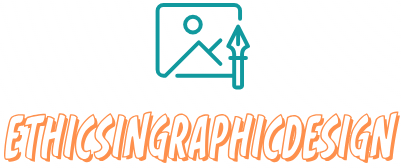The Basics of Graphic Design Theory
Graphic design theory encompasses the principles and concepts that guide the creation and composition of visual designs. Understanding these basics is essential for graphic designers to effectively communicate messages and create visually engaging artwork. Here are some key foundations of graphic design theory:
Color Theory
The study of color is fundamental to graphic design. Understanding the color wheel, color harmony, and the psychological effects of different colors can help designers create visually appealing compositions. Color choices can evoke specific emotions or convey desired meanings.
Typography
Typography refers to the art and technique of arranging typefaces. A solid understanding of typography involves choosing appropriate fonts, understanding their attributes, and effectively organizing text for legibility and visual impact.
Composition and Layout
Composition refers to the arrangement and placement of visual elements within a design. Applying the principles of balance, hierarchy, contrast, and visual flow helps create visually appealing and cohesive designs. Understanding how to structure elements on a page or screen guides the viewer’s eye and communicates the intended message effectively.
Visual Hierarchy
Visual hierarchy refers to the organization of elements in a design to guide the viewer’s attention and emphasize certain information. Creating a clear visual hierarchy ensures that important elements stand out, helping viewers navigate and comprehend the design more easily.
Grid Systems
Grid systems are frameworks that provide structure and organization for layouts. By aligning elements and establishing consistent spacing, grid systems create a sense of order and balance. They also facilitate responsive design and enhance visual harmony.
Contrast and Harmony
Contrast involves the juxtaposition of different elements to create visual interest and highlight important information. By using variations in size, color, shape, texture, or font weight, designers can create contrast within a design. Achieving a balance between contrast and harmony is crucial to maintain coherence and visual appeal.
Visual Gestalt
The concept of visual gestalt is based on the idea that the human brain naturally seeks patterns, helps us perceive visuals as a whole, and connects individual elements. Understanding visual gestalt principles, such as similarity, proximity, closure, continuity, and figure-ground relationships, can aid in creating designs that are visually unified and easily understood.
Branding and Identity
Graphic design theory also encompasses the understanding of branding and identity. Designers must consider the client’s brand guidelines, including the logo, colors, typography, and overall brand personality. Consistency across different mediums and materials strengthens brand recognition.
Usability and User Experience
In contemporary graphic design, considerations of usability and user experience play a vital role. Designers need to consider how the design will be experienced by the intended audience, ensuring that information is easily accessible, interfaces are intuitive, and user interactions are smooth and engaging.
Understanding and applying these graphic design principles enhances the effectiveness, impact, and aesthetic appeal of visual communication. By utilizing these foundations, graphic designers can create meaningful and visually engaging designs that effectively convey their intended message.



